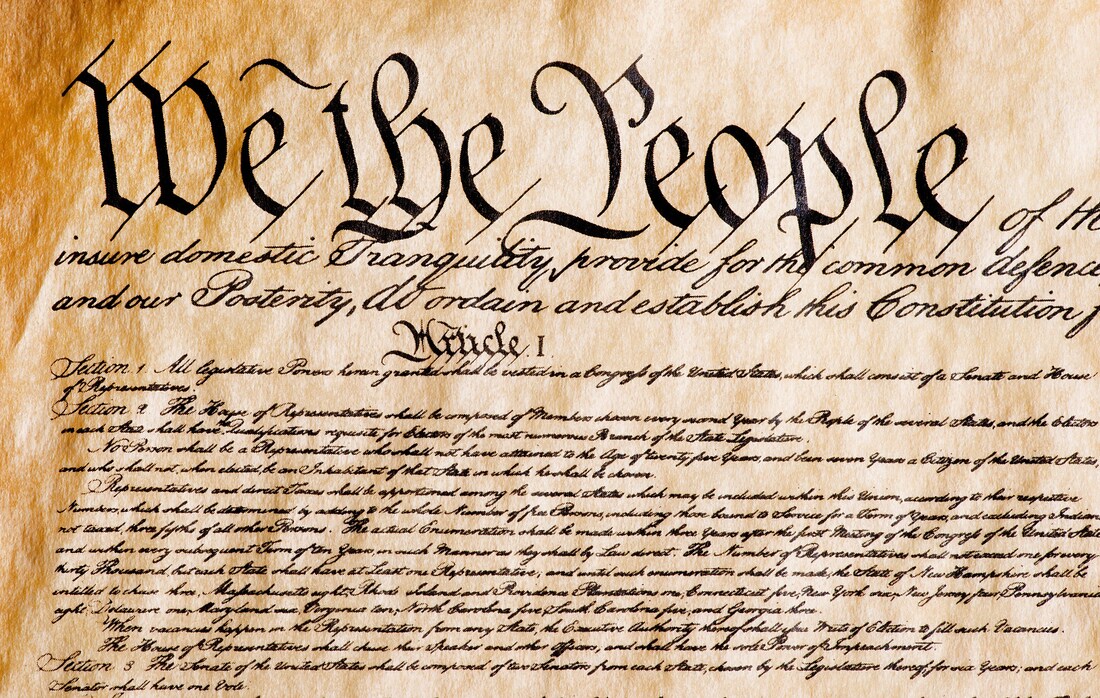While the number of those supporting democracy has been greater than those supporting authoritarianism, authoritarianism has always had supporters in this country. Together these authoritarian supporters probably account for no more than a third of the American electorate. Another ten to fifteen percent of Americans are willing to accept authoritarianism because they do not see how it will diminish their opportunities. When the first colonists arrived in North America in 1607, the authoritarian English king, James I, ruled. While the colonists declared their independence from England in 1776, they did not formally gain their freedom until they had defeated the British in 1783.
The most profound American struggle between democracy and authoritarianism took place between the factions writing the U.S. Constitution in 1787. One faction represented by Alexander Hamilton proposed a governing plan that gave widespread power to an executive. Other factions proposed more limited executive powers. But support for American authoritarianism did not end with that struggle, nor with the successes of Franklin Roosevelt’s New Deal and the defeat of fascism in World War II.
Authoritarians continued their fight. They muted their message and weaponized their money to roll back the New Deal and sabotage democratic institutions. As the Republican Party became increasingly comfortable with authoritarianism, Donald Trump was able to capture the party and begin the final phase of making America an authoritarian country despite most voters supporting democracy. This march toward authoritarianism is, of course, being aided by the Republican Party’s contempt for the truth and debasement of the rule of law. Also, Trump and Republicans are using several structural obstacles embedded in the Constitution to bring about an authoritarian regime.



